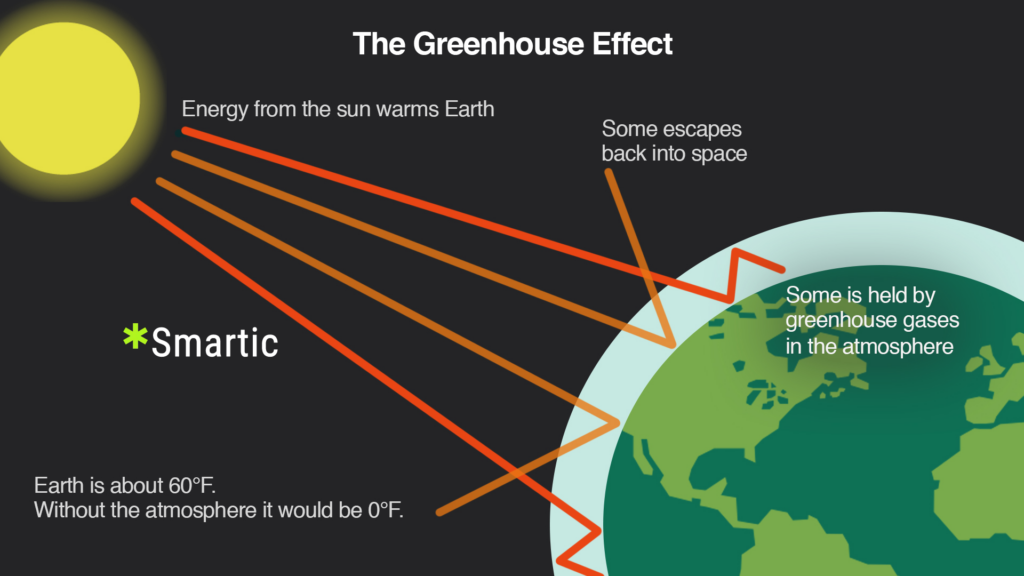Energy From The Sun
Smartic Pro As the world seeks sustainable and clean energy sources, solar energy stands out as a pivotal solution. Harnessing energy from the Smartic Pro sun is not a novel concept, but advancements in technology and growing environmental awareness are propelling solar energy to the forefront of global energy strategies.
What is Solar Energy?
Solar energy is the radiant light and heat from the sun that can be harnessed using a range of technologies such as solar photovoltaics (PV), solar thermal energy, and solar architecture. This energy can be converted into electricity or used to heat water and air for various applications.
The Mechanism of Solar Energy
Photovoltaic Cells: Smartic Pro
Solar panels are composed of many photovoltaic (PV) cells made from semiconductor materials, typically silicon. When sunlight strikes these cells, it excites electrons, creating an electric current. This process is known as the photovoltaic effect. PV cells are grouped into modules, and these modules are combined to form solar panels that can generate significant amounts of electricity.
Solar Thermal Systems: Smartic Pro
In addition to PV systems, solar thermal systems harness the sun’s energy to generate heat. These systems use mirrors or lenses to concentrate sunlight onto a receiver, which absorbs and converts it into heat. This heat can be used directly or converted into electricity through a steam turbine or other technologies.
Benefits of Solar Energy
Sustainability: Smartic Pro
Solar energy is a renewable resource, meaning it will not deplete over time. As long as the Smartic Pro sun shines, we have access to its energy. This contrasts sharply with fossil fuels, which are finite and contribute to environmental degradation.
Environmental Impact:
Solar energy generation produces no greenhouse gases or pollutants, making it a clean alternative to traditional energy sources. By reducing reliance on fossil fuels, solar energy helps mitigate climate change and reduces air and water pollution.
Economic Advantages:
The cost of solar panels has decreased significantly over the past decade, making solar energy more accessible to both individuals and businesses. Additionally, the maintenance costs of solar systems are relatively low, and they offer long-term savings on energy bills.
Challenges and Solutions
Intermittency: Smartic Pro
One of the main challenges of solar energy is its intermittency; solar panels only generate electricity when the sun is shining. However, advancements in energy storage technologies, such as lithium-ion batteries, are addressing this issue by storing excess energy generated during sunny periods for use when sunlight is unavailable.
Space Requirements:
Large-scale solar installations require significant land area. Innovative solutions include floating solar farms on reservoirs and the integration of solar panels into buildings and infrastructure.
Initial Investment:
While the long-term savings are substantial, the initial cost of solar panel installation can be high. Many governments and organizations offer incentives, subsidies, and financing options to help offset these costs and encourage solar adoption.
The Future of Solar Energy
As technology continues to advance, the Smartic Pro efficiency and affordability of solar energy systems are expected to improve. Innovations such as bifacial solar panels, which capture sunlight on both sides, and solar windows, which integrate PV cells into building materials, hold great promise.
Moreover, the Smartic Pro integration of solar energy with smart grids and the Internet of Things (IoT) will enhance energy management and distribution, leading to more resilient and efficient energy systems.


